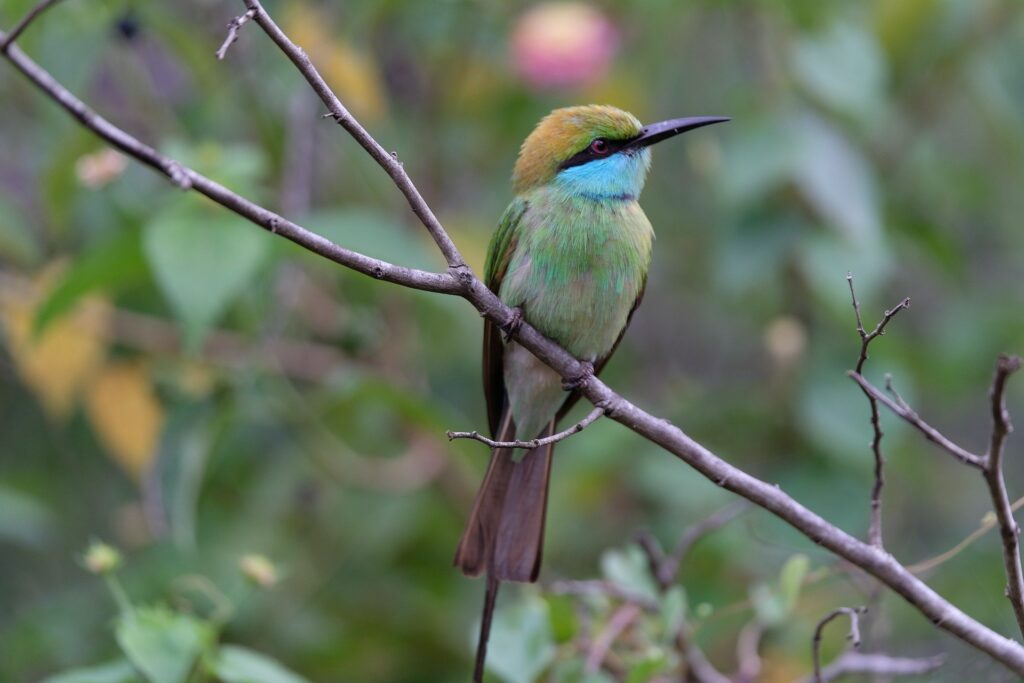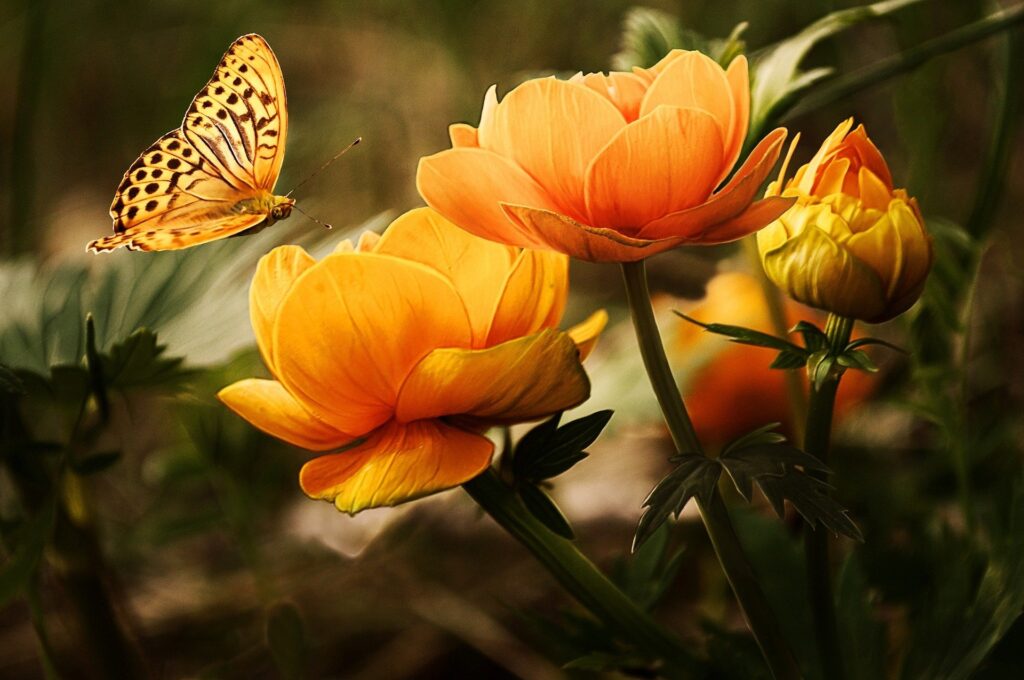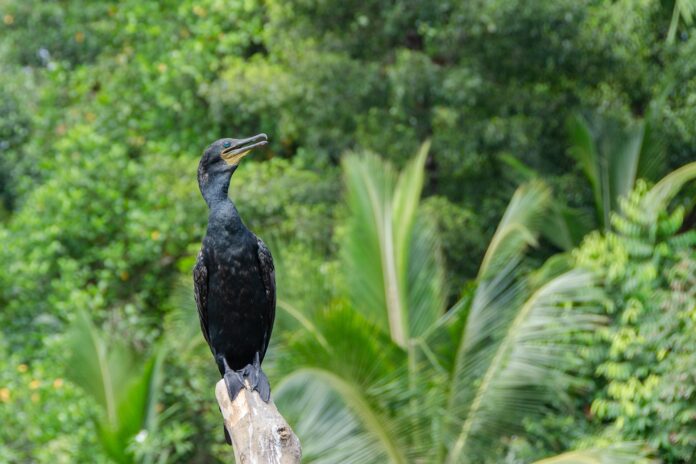Are you a nature lover looking for an exciting adventure? If yes, then Chundikulam National Park in Sri Lanka should be on your bucket list. This national park is a natural paradise with a diverse range of flora and fauna, including some rare and endangered species.
Introduction

Chundikulam National Park is located in the Northern Province of Sri Lanka, covering an area of 49,000 hectares. It was declared a national park in 2015, making it one of the newest national parks in the country. The park is home to a range of habitats, including mangrove forests, salt pans, sand dunes, and beaches.
The park has a unique history, as it was once used as a military training ground during the civil war in Sri Lanka. However, today it is a protected area for wildlife conservation and ecotourism.
Discovering the Park’s Flora and Fauna

Chundikulam National Park is home to over 200 species of birds, including migratory birds that visit the park during the winter season. Some of the birds that can be spotted in the park are the black-tailed godwit, red knot, and lesser sand plover.
The park is also home to a range of mammals, including spotted deer, wild boar, and jackals. However, the most significant mammal found in the park is the Sri Lankan elephant. The park has a significant elephant population, and visitors can witness these majestic creatures in their natural habitat.
Apart from birds and mammals, the park is home to several species of reptiles and amphibians, including the mugger crocodile, Indian python, and common monitor lizard. The park also has a diverse range of plant species, including mangroves, sea grass, and various types of trees
In addition to its impressive range of wildlife, the park’s vegetation is equally fascinating. The park is home to several plant species, including mangroves, palu, and kumbuk trees. One of the highlights of a visit to the park is the opportunity to explore the Vankalai Sanctuary, which is home to an extensive mangrove forest that supports a wide range of bird and animal life.
Ecosystem
Chundikulam National Park is a unique ecosystem consisting of a lagoon, mangrove forests, and dry evergreen forests. The Chundikulam Lagoon is the largest lagoon in Sri Lanka and is a vital habitat for many species of fish, prawns, and aquatic plants. The lagoon is also an important breeding ground for many migratory birds, making it a popular spot for birdwatching.
The park’s mangrove forests are an essential ecosystem for the park’s biodiversity. Mangroves act as a buffer between land and sea, providing protection against coastal erosion and storm surges. They also serve as a habitat for many species of birds, reptiles, and amphibians. The mangroves in Chundikulam National Park are home to various species of mangrove trees, such as Rhizophora mucronata, Avicennia marina, and Ceriops tagal.
The dry evergreen forests in Chundikulam National Park are home to many species of flora and fauna that are unique to Sri Lanka. The forests are dominated by Palu (Manilkara hexandra), Weera (Drypetes sepiaria), and Kaluwara (Terminalia arjuna) trees. These trees provide shelter and food for many species of mammals, including the Sri Lankan axis deer, wild boar, and fishing cat.
The park’s diverse ecosystems are interdependent, and any disturbance to one ecosystem can have a significant impact on the others. For example, if the mangroves are destroyed, it can lead to the erosion of the coast, which can affect the lagoon’s water quality and the park’s biodiversity. Therefore, it is essential to conserve and protect the park’s ecosystems to maintain the park’s biodiversity and ecological balance.
Things To Do
- Take a boat ride in the Chundikulam Lagoon and explore the mangrove forests.
- Go for a safari in the park and spot various species of mammals, including the Sri Lankan axis deer, wild boar, and fishing cat.
- Bird watching – the park is home to around 150 species of birds, including the endemic Sri Lanka Junglefowl and Sri Lanka Grey Hornbill.
- Camping – the park is a great spot for camping, with several camping sites available inside the park.
- Hiking – there are several hiking trails inside the park, allowing visitors to explore the park’s diverse flora and fauna.
- Picnicking – the park is an ideal spot for picnics, with several picnic areas available inside the park.
- Fishing – the Chundikulam Lagoon is a popular spot for fishing, with several species of fish and prawns available in the lagoon.
- Photography – the park’s unique biodiversity and beautiful landscapes make it an ideal spot for photography.
Best Time to Visit
The best time to visit Chundikulam National Park is between January and April, as the weather is dry, and the park is less humid during this period. However, the park is open throughout the year, and you can visit any time of the year.
How to get there
Chundikulam National Park is located in the Northern Province of Sri Lanka, about 350 km from the capital city, Colombo. The park can be reached by road and waterways.
By Road: From Colombo, take the A9 highway towards Jaffna. After passing through Vavuniya and Kilinochchi, take the turnoff towards Chundikulam. The park is located about 22 km from the turnoff.
By Waterways: The Chundikulam Lagoon is navigable, and visitors can hire a boat from the nearby fishing villages to reach the park. The boat ride is a unique experience and offers an opportunity to witness the park’s diverse birdlife.
It is essential to note that visitors should obtain the necessary permits and abide by the park’s rules and regulations before entering the park. It is also recommended to visit the park during the dry season, from May to September, to avoid the monsoon rains.
Conclusion
Chundikulam National Park is a hidden gem for nature lovers, and a must-visit destination if you are planning a trip to Sri Lanka. The park’s unique biodiversity, including the largest lagoon in Sri Lanka and vast mangrove forests, makes it a paradise for ecotour
